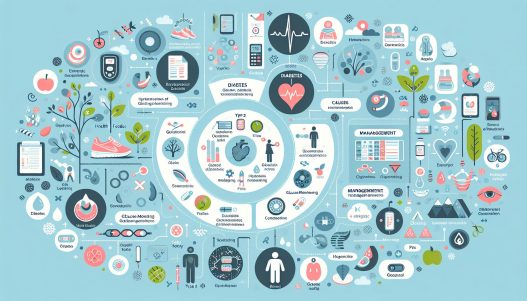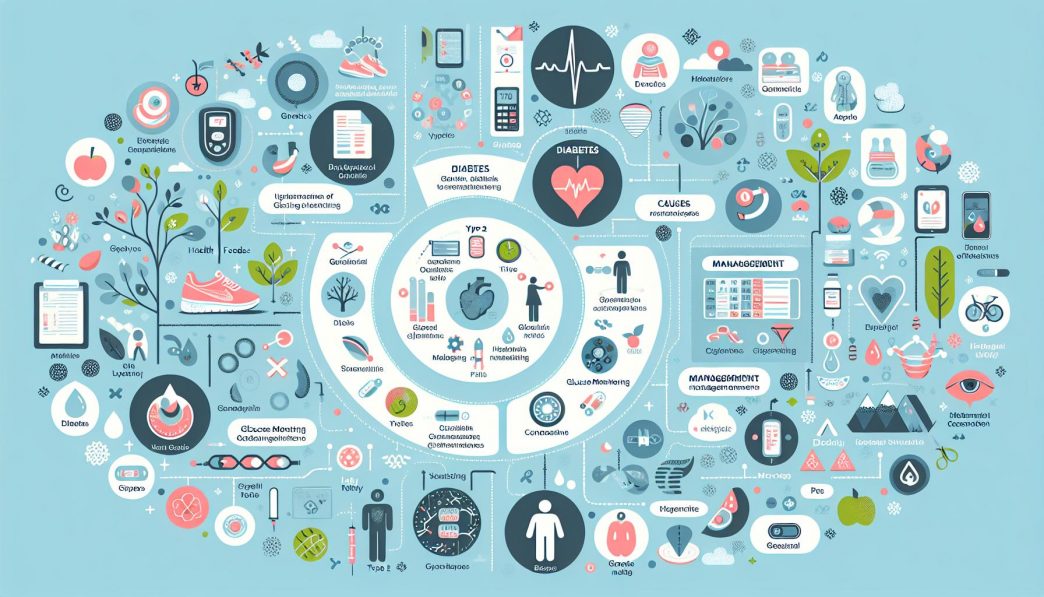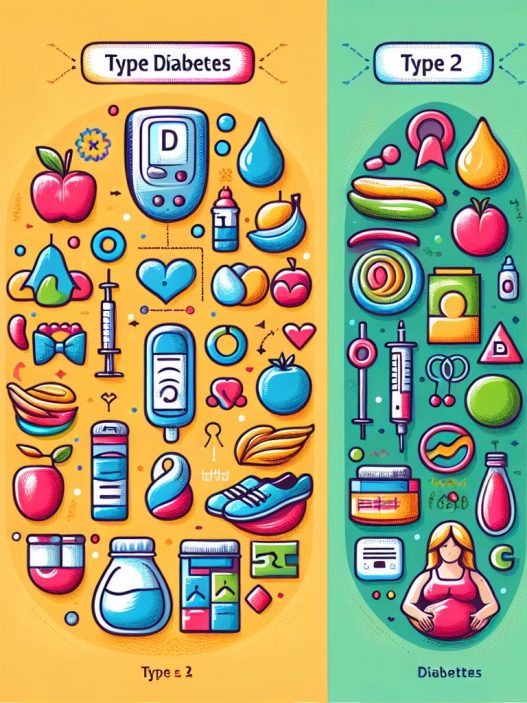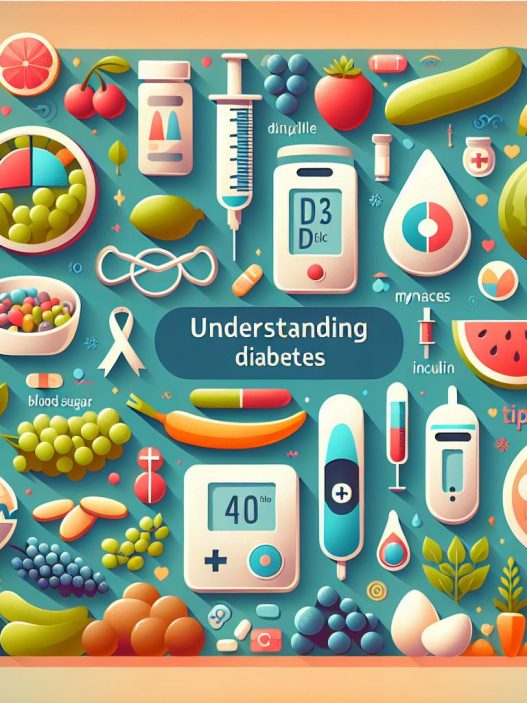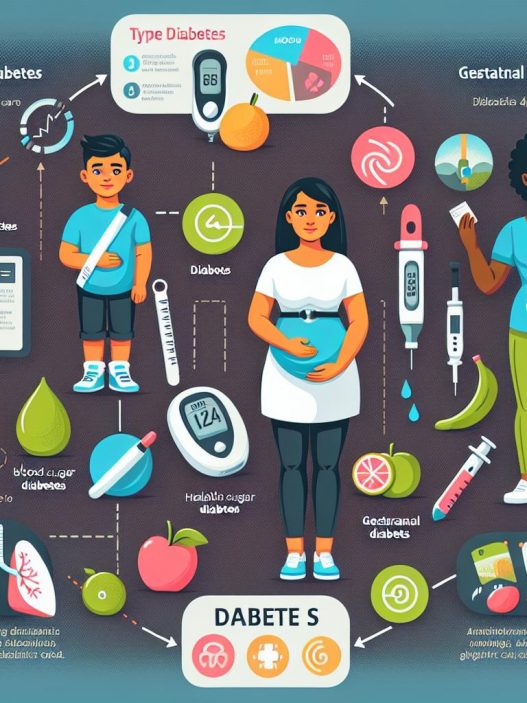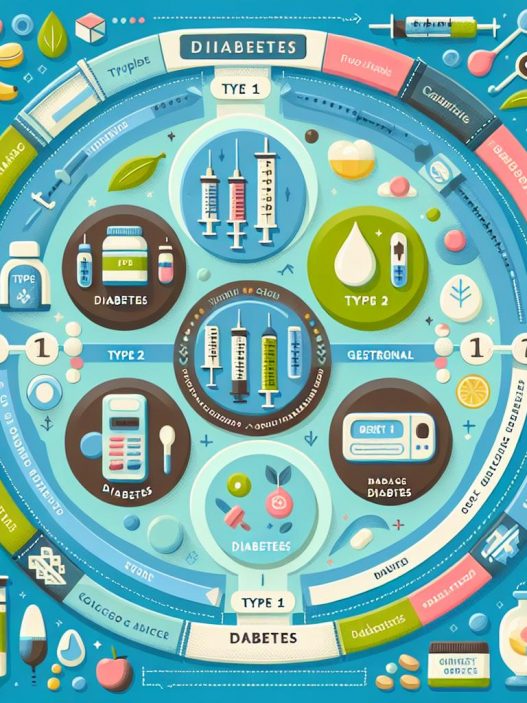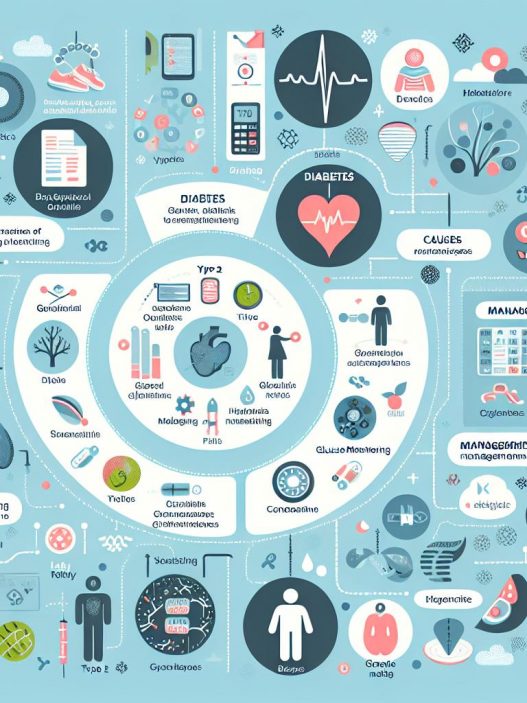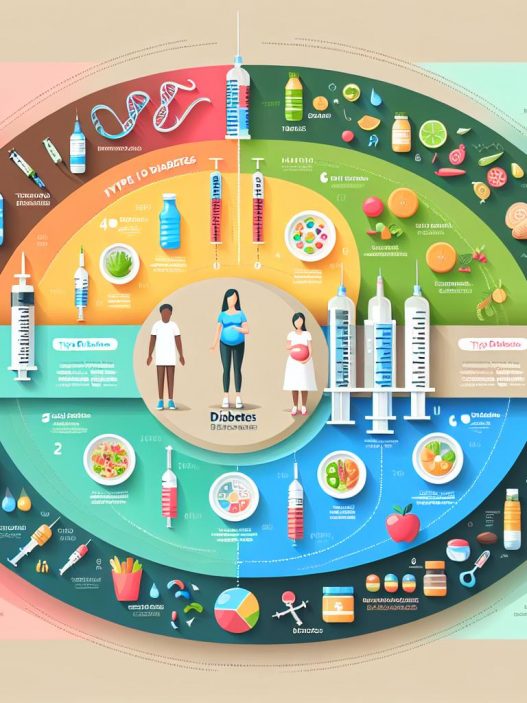# Understanding the Spectrum of Diabetes: Exploring Types, Causes, and Management Strategies
Diabetes is a chronic health condition that affects millions worldwide, characterized by high blood sugar levels due to the body’s inability to produce or utilize insulin effectively. Understanding the spectrum of diabetes, including its various types, underlying causes, and effective management strategies, is crucial for anyone looking to lead a healthier life, whether diagnosed with diabetes or at risk. In this comprehensive guide, we will delve deeply into the nuances of diabetes to help you grasp its complexity and learn how to manage it effectively.
Understanding the Types of Diabetes
Diabetes is primarily classified into several types, each with its own unique characteristics, causes, and implications for health. The most recognized types are Type 1, Type 2, and gestational diabetes.
Type 1 diabetes is an autoimmune condition where the body’s immune system mistakenly attacks and destroys the insulin-producing beta cells in the pancreas. It typically manifests during childhood or adolescence but can develop at any age. Individuals with Type 1 diabetes must rely on insulin therapy for life, as their bodies produce little to no insulin. This type is less common than Type 2 diabetes, accounting for about 5-10% of all diabetes cases.
In contrast, Type 2 diabetes is more prevalent, representing approximately 90-95% of diabetes cases. It is characterized by insulin resistance, where the body either does not use insulin effectively or fails to produce sufficient amounts of it. Type 2 diabetes is often associated with lifestyle factors, such as obesity, sedentary behavior, and poor diet, and is commonly diagnosed in adults, although it is increasingly seen in children and adolescents due to rising obesity rates.
The Causes of Diabetes: Unraveling the Complex Web
Understanding the causes of diabetes is essential for effective prevention and management. The causes differ among the various types of diabetes.
For Type 1 diabetes, while the exact cause remains unclear, research indicates a genetic predisposition combined with environmental triggers, such as viral infections, may play a role. It’s generally not preventable, and it requires ongoing management to control blood sugar levels and prevent complications.
In the case of Type 2 diabetes, several risk factors can lead to its development. Genetics significantly contribute to the risk, but lifestyle choices such as diet and physical activity levels are also critical. Obesity is a major risk factor, as excess fat, particularly visceral fat, contributes to insulin resistance. Other factors include age, ethnicity, and family history.
Gestational diabetes occurs during pregnancy when the body cannot produce enough insulin to meet the increased needs during this time. While it typically resolves after childbirth, women who experience gestational diabetes are at an increased risk of developing Type 2 diabetes later in life, making early detection and management paramount.
Recognizing Symptoms of Diabetes: Early Detection Saves Lives
Early detection of diabetes is vital for effective management and prevention of complications. Symptoms can vary based on the type of diabetes and how high blood sugar levels are.
Common symptoms of Type 1 diabetes include excessive thirst, frequent urination, extreme fatigue, and sudden weight loss. In many cases, symptoms develop rapidly, and if not treated urgently, diabetic ketoacidosis can occur, a serious condition that requires immediate medical attention.
Type 2 diabetes symptoms can be more insidious and may develop gradually. Many individuals may experience increased thirst, frequent urination, hunger, fatigue, blurred vision, and slow-healing sores. Some may have no noticeable symptoms at all, which makes routine screening crucial, particularly for those with risk factors.
Detecting gestational diabetes can be more challenging since it often has no symptoms. Regular screening during pregnancy is necessary as it can lead to complications for both the mother and the baby if not managed properly.
Management Strategies for Diabetes: Empowering Lifestyle Changes
Managing diabetes effectively requires a comprehensive approach that includes lifestyle changes, monitoring, and, in many cases, medication.
Diet plays a pivotal role in diabetes management. Adopting a well-balanced diet rich in whole grains, lean proteins, healthy fats, fruits, and vegetables can help stabilize blood sugar levels. It’s essential to watch carbohydrate intake, as carbs significantly influence blood sugar, making portion control and the glycemic index important considerations.
Physical activity is another crucial aspect of diabetes management. Regular exercise helps maintain a healthy weight, lowers blood sugar levels, and improves insulin sensitivity. Aiming for at least 150 minutes of moderate-intensity aerobic activity per week, alongside strength training, can offer significant benefits.
In addition to lifestyle changes, diabetes medications can be necessary. For Type 1 diabetes, insulin therapy is crucial. Type 2 diabetes management may involve oral medications, insulin, or a combination of both. Continuous glucose monitoring (CGM) devices and insulin pumps can also enhance daily management for many individuals.
Preventing Diabetes: Strategies for At-Risk Individuals
Prevention plays a critical role in combating the increasing prevalence of diabetes, particularly Type 2 diabetes. For individuals at risk—those with a family history of diabetes, obesity, or sedentary lifestyles—several proactive steps can be taken.
One of the primary prevention strategies is lifestyle modification. Healthy eating habits, regular physical activity, and weight management can dramatically reduce the risk of developing Type 2 diabetes. Programs focused on dietary changes, around nutrient-dense foods and caloric balance, can achieve substantial changes in overall health.
Additionally, routine health check-ups and screenings are critical, particularly for those over 45 years old or those with risk factors. Early identification of conditions such as prediabetes provides an opportunity to intervene before developing full-blown Type 2 diabetes.
Education and community support can foster a more substantial commitment to prevention. Joining support groups or participating in community programs can help individuals stay motivated while sharing experiences and strategies.
In conclusion, diabetes is a complex and multi-faceted condition that requires a nuanced understanding to be effectively managed. From understanding the types of diabetes to recognizing symptoms, causes, and management strategies, individuals can take informed steps toward leading healthier lives. By embracing prevention, education, and lifestyle modifications, we can make significant strides in reducing the burden of diabetes in our communities.
This comprehensive approach to understanding diabetes can empower individuals and families affected by the condition to take an active role in their health management, ultimately paving the way for a healthier future.










